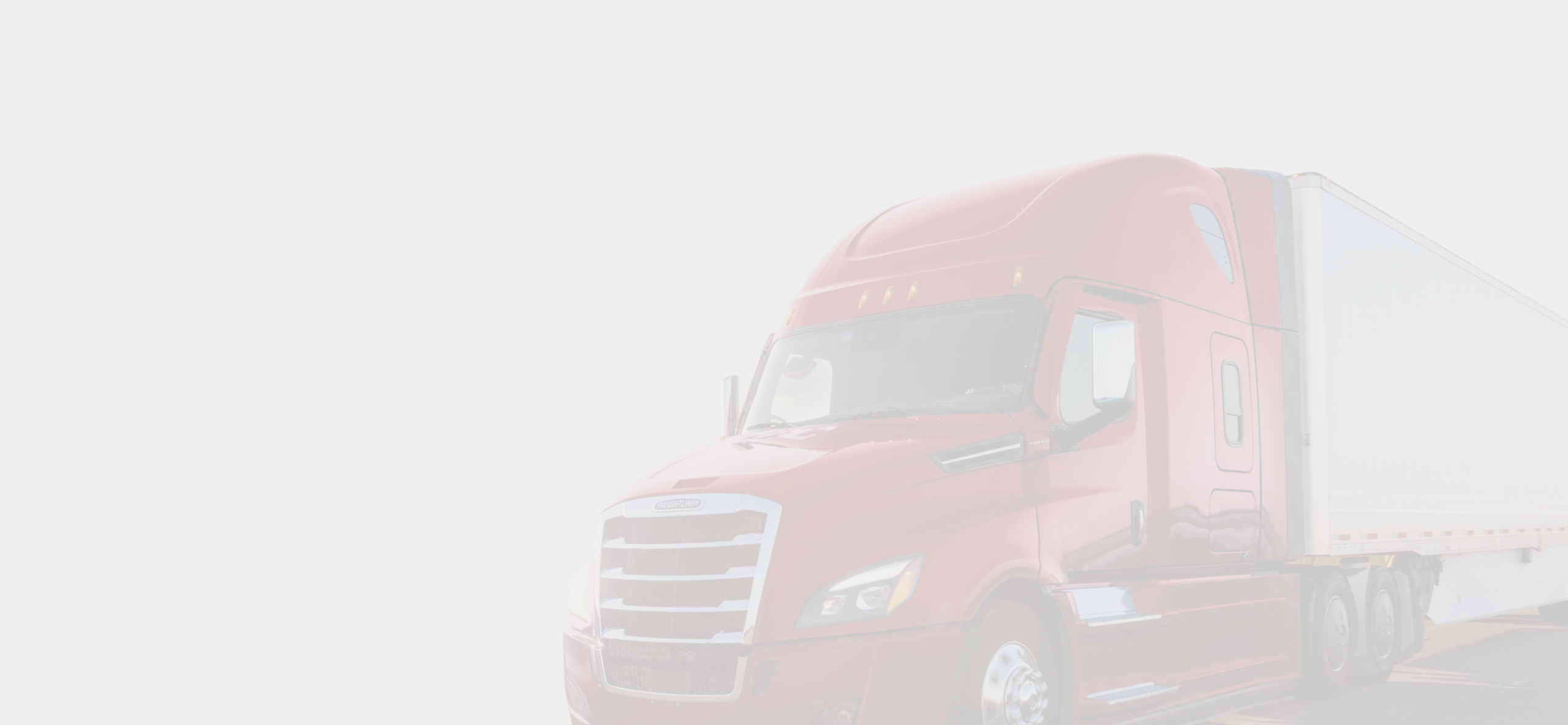Buying a Fire Truck
One of the hardest parts about buying a fire truck is determining how big of a truck you and your department will need. A lot of times customers are just duplicating a truck that is already in service, which is great because you are doing what is best for their department. Sometimes, though, you need to reevaluate what you have on an apparatus and where. Now if you are buying an aerial of some sort, the body size is predetermined based on the Aerial device and out rigger layout. With that said, there are still variations on organization that will best use the available space provided.
Determine Purpose of Fire Truck
The first process is to determine the mission of the apparatus. Look back on calls run and services performed by the apparatus, and you can decide what to plan to carry on the truck.
Number of Firefighters on Truck
Second is to design it around how many people you plan to have on the truck. If you only run two men, then make it to where two people have equipment available to get started while they wait for other responding apparatus. If your department is lucky enough to have four on a truck, then you need to make sure all four have everything available.
Fire Department District
The third thing is to look at the district the truck will be covering. Do you need a short wheelbase apparatus, or do you have the infrastructure to have a bigger truck? Are there any new hazards or new growth that you didn’t have when the last apparatus was bought? There is nothing wrong with standardizing the fleet, but you need to evaluate that fleet from time to time.
5 Steps to Design a Fire Truck
When you design a fire truck, making equipment easily accessible is optimal, as then you can see it and make use of it. If there is equipment that hasn’t been used, maybe think about taking it off, or moving it to a different area so that your every-day equipment is at the forefront. Back in the days I worked in the automotive industry we were taught the 5 S’s of lean manufacturing, which help to reduce waste and optimize productivity. Below, I’ve applied the principles to fire truck design.
Sort Truck Tools
Eliminate whatever is not needed by separating needed tools, parts, and instructions from unneeded materials.
Set in order fire truck parts
Organize whatever remains by neatly arranging and identifying parts and tools for ease of use.
Shine fire truck
Clean the work area by conducting a cleanup campaign.
Standardize fire truck maintenance
Schedule regular cleaning and maintenance by conducting Sort, Set in Order and Shine Daily
Sustain truck life
Make 5S a way of life by forming the habit of always following the first four S’s.
These principles have always stuck with me through all these years. The saying used to be “everything has a place and every place has a thing.” When I went to the fire service and was an engineer, I would always try to get my truck set up for success in this way. On a fire ground you don’t want to be searching for equipment when you need it. Same goes for when you are clearing up from a call; you want to be able to quickly look over your truck and verify that everything is there.
5s Process
With the 5S mindset you can really design a functional fire apparatus. This will also increase room and potentially decrease the amount of compartment space you need. With everyone wanting lower hose beds and crosslays/speedlays, there is a give and take to space. Just like in the water tank area, if your department runs a 500 gallon pumper, you still have to have room for 500 gallons of water. So, it has to go somewhere, right? But knowing where the available space is when you are designing your fire apparatus is what will make it a functional fire apparatus.
This will be a series that will look into different options of designs and layouts of fire apparatus, along with some of the available options of equipment on apparatus that you might not know about. Stay tuned for more and thanks for reading!
About the Author
Troy Beaudoin
Troy started his career as both a firefighter and fire truck mechanic in 2003. He has over 18 years of fire service, both paid and volunteer, from Michigan, Wisconsin, and South Carolina. Troy also has 18 years of various fire apparatus maintenance backgrounds from working for a major apparatus manufacturer to working at Fire apparatus dealerships. He obtained his Pierce Master Technician certification along with Certifications in Oshkosh Airport Products maintenance and Delivery and Bronto Skylift Maintenance Technician. Troy has also attended classes and received Various EVT certificates, and he plans on continuing his education with EVT.
Troy ended his fire fighting career in 2021 when he and his wife and two year-old son relocated to Alabama to work for Peach State Truck Centers.












